Free home visits
with a local audiologist

Head of Online Medical Content

Audiology Expert at Hearing Aid UK
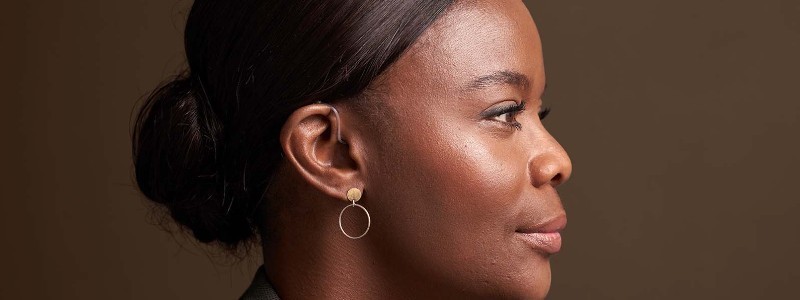
Overview | Advancements | Worth the upgrade? | Summary
Looking back at the launch highlights of BiCore, Rexton's top technical advancement at this point was the introduction of two separate processors. By separating, we mean processing speech and background noise individually. This allowed wearers to get the best performance when listening to speech in noise, as their listening environment shifts.
At the time, this was a huge benefit to wearers (and also not offered by other manufacturers) - separately processing both speech and noise to create a larger contrast between the two. Now with the launch of Reach, Rexton has developed this even further with their Multi-Voice Focus technology and four focus beams.
Multi-Voice Focus adds an additional layer (SoundPro 3.0) by being able to analyse and steer multiple beams at the same time. This picks up conversation with multiple speakers, even amongst quick, dynamic shifts in noisy environments. You might be wondering why this is so special.
When multiple people are talking within a conversation, naturally, voices drop in and out and travel around. If you take a look at what traditional hearing aids do when faced with noisy environments, they either narrow directionality, which means you miss out on anyone speaking outside of this narrow beam.
Or have broad directionality, which means you're picking up every sound and noise in that wide beam. Either way, there are a lot of compromises being made, little focus on conversation, and you end up not being able to catch every word.
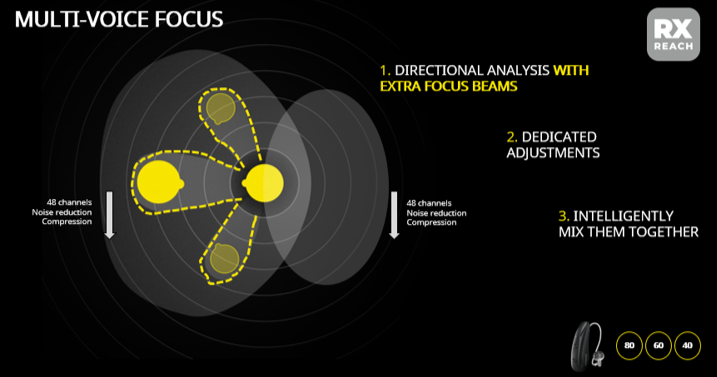
The biggest difference is between the SoundPro upgrade since BiCore. SoundPro 2.0 in BiCore dynamically adapted to the listening environment by utilising factors such as motion sensors, and speech direction. In a nutshell, this meant that it continually fine-tuned sound settings to mirror your environment seamlessly in real-time.
Reach's SoundPro 3.0 automatically steers all sound processing such as the location of active talkers, their proximity, the number of people talking as well as "turn-taking and timing". Initially, it might sound like this added layer doesn't mean much, but practically, it will make a huge difference to how these hearing aids handle speech when compared to BiCore.
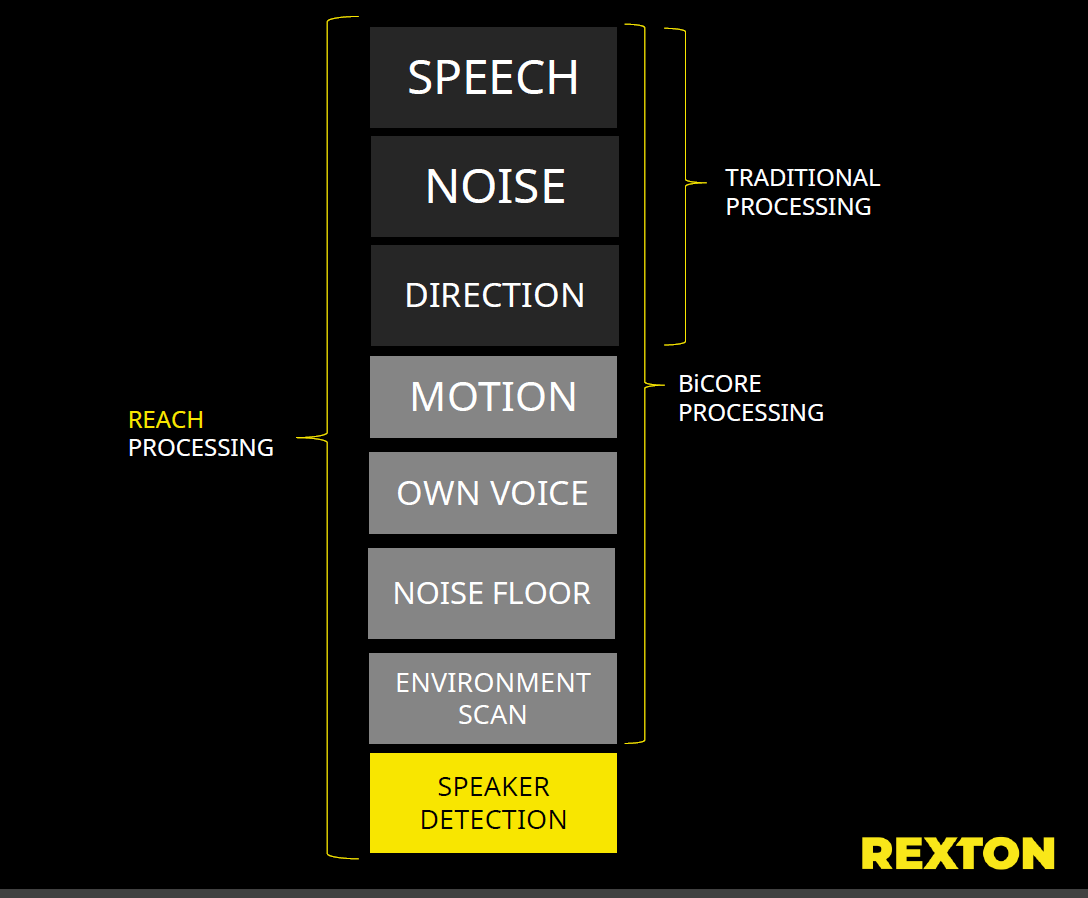
Although this hearing aid manufacturer has been around since the 50s, they don't get the limelight like other big brands such as Phonak for example. Rather surprising, since this brand is part of the WS Audiology A/S group that manufactures both Signia and Widex hearing aids.
In fact, when looking at Rexton's offerings, you might have noticed some similarities in Signia's technology and design. The difference between Signia and Rexton? Rexton is more budget-friendly and their products mirror Signia's advanced level of technology.
However, if we look at Rexton's BiCore range and compare to Signia's IX, although a great product for the price, you might be more inclined to reach for the premium Signia device if more support in background noise was a priority and price tag wasn't an issue. Now, with Rexton Reach and that additional layer, this aid is worth considering.
Rexton, as a whole, design some of the toughest hearing devices on the market. They are arguably the most rigorously tested too, which means they can withstand the harshest environments. Such as resistance to impact, chemicals, sweat, heat, vibration, and UV. They are also ATEX certified which means they are safe to use in hazardous working environments.
This could be anything from chemical manufacturing to oil rigs. This is why it's no surprise that most of our customers who work in these challenging conditions choose Rexton devices for their hearing solution. Not just because of their robustness, durability, and reliability but also the safety and confidence they provide.
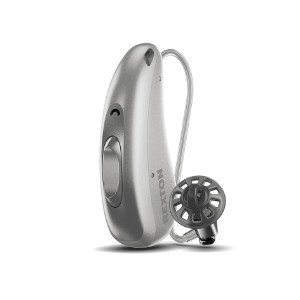
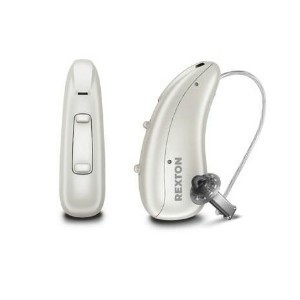
When we compare different models within the same brand, we look at what has changed, what has stayed the same and what are the benefits of upgrading to the latest range. With Reach, all other aspects have pretty much remained since BiCore which, in this case, isn't a bad thing.
Their rechargeable technology, Bluetooth connectivity, and app are some of the best out there and they are also future-proof - with a quick firmware update you'll be ready for the new Bluetooth LE Audio.
If you're looking to upgrade your existing Rexton hearing aids, we think the way these aids handle hearing through noise will be the most enticing. Or you might even be tempted to try Rexton after wearing Signia given they offer most of the same features at an affordable price.
Either way, it's worth reflecting on what your current hearing aids are good at, what they could do better, and whether your hearing loss needs or common listening environments have changed. Are you more social, more active and do you find yourself in noisy environments needing to hear better in noise?
Speak to your local audiologist who can go through all these specifics and changes and whether Rexton Reach is the right solution or upgrade for you.
Hearing aid technology advances constantly, and it's important to know when it's time to replace the ones you already have. For example, you might find that your current hearing aids aren't supporting your hearing like they used to.
This might be because your hearing loss has changed, and you now need more features and programmes that aren't accessible to you.
Our audiologists can help you understand your new hearing loss needs and specifications, and the hearing solutions that can get your hearing back on track.
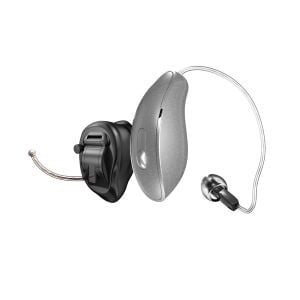 Starkey Edge AI Hearing Aids VS Starkey Genesis AI
Starkey Edge AI Hearing Aids VS Starkey Genesis AI  Phonak Audeo Infinio VS Phonak Lumity Hearing Aids
Phonak Audeo Infinio VS Phonak Lumity Hearing Aids  What is Auracast? Is it better than Classic Bluetooth?
What is Auracast? Is it better than Classic Bluetooth? Do not spend hundreds of pounds without getting a second opinion from us.
 Not only are the prices great, but the service is fantastic! Many thanks to your team.
Not only are the prices great, but the service is fantastic! Many thanks to your team.If you are looking at this page then it is likely that an audiologist has suggested that you purchase this particular hearing aid, so is this the best model for you?
In general, any audiologist will always recommend to you the model that best suits your needs. Here is a useful checklist to make sure that is the case.
If in doubt, feel free to give us a call. That's what we're here for. In the meantime, read all about our review of the best hearing aids for 2025 here
If you have significant hearing loss in both ears, you should be wearing two hearing aids. Here are the audiological reasons why:
Localisation: The brain decodes information from both ears and compares and contrasts them. By analysing the minuscule time delays as well as the difference in the loudness of each sound reaching the ears, the person is able to accurately locate a sound source. Simply put, if you have better hearing on one side than the other, you can't accurately tell what direction sounds are coming from.
Less amplification is required: A phenomenon known as “binaural summation” means that the hearing aids can be set at a lower and more natural volume setting than if you wore only one hearing aid.
Head shadow effect: High frequencies, the part of your hearing that gives clarity and meaning to speech sounds, cannot bend around your head. Only low frequencies can. Therefore if someone is talking on your unaided side you are likely to hear that they are speaking, but be unable to tell what they have said.
Noise reduction: The brain has its own built-in noise reduction which is only really effective when it is receiving information from both ears. If only one ear is aided, even with the best hearing aid in the world, it will be difficult for you to hear in background noise as your brain is trying to retain all of the sounds (including background noise) rather than filtering it out.
Sound quality: We are designed to hear in stereo. Only hearing from one side sounds a lot less natural to us.
Fancy some further reading on this topic? You can read about why two hearing aids are better than one in our article, hearing aids for both ears, here
For most people, the main benefit of a rechargeable hearing aid is simple convenience. We are used to plugging in our phones and other devices overnight for them to charge up. Here are some other pros and cons:
For anybody with poor dexterity or issues with their fingers, having a rechargeable aid makes a huge difference as normal hearing aid batteries are quite small and some people find them fiddly to change.
One downside is that if you forget to charge your hearing aid, then it is a problem that can't be instantly fixed. For most a 30-minute charge will get you at least two or three hours of hearing, but if you are the type of person who is likely to forget to plug them in regularly then you're probably better off with standard batteries.
Rechargeable aids are also a little bit bigger and are only available in Behind the Ear models.
Finally, just like with a mobile phone, the amount of charge you get on day one is not going to be the same as you get a few years down the line. Be sure to ask what the policy is with the manufacturer warranty when it comes to replacing the battery.
Looking for more information on rechargeable hearing aids? Read our dedicated page on the topic here
For most people, the answer is yes. But it's never that simple.
The majority of hearing problems affect the high frequencies a lot more than the low ones. Therefore open fitting hearing aids sound a lot more natural and ones that block your ears up can make your own voice sound like you are talking with your head in a bucket. Therefore in-ear aids tend to be less natural.
However the true answer is we can't tell until we have had a look in your ears to assess the size of your ear canal, and until we have tested your hearing to see which frequencies are being affected.
People with wider ear canals tend to have more flexibility, also there are open fitting modular CIC hearing aids now that do not block your ears.
There is also the age old rule to consider, that a hearing aid will not help you if it's sat in the drawer gathering dust. If the only hearing aid you would be happy wearing is one that people can't see, then that's what you should get.
Most people can adapt to any type of hearing aid, as long as they know what to expect. Have an honest conversation with your audiologist as to what your needs are.
Generally speaking, six or more. Unless it's none at all.
The number of channels a hearing aid has is often a simplistic way an audiologist will use to explain why one hearing aid is better than another, but channels are complex and it is really not that straightforward. Here are some reasons why:
Hearing aids amplify sounds of different frequencies by different amounts. Most people have lost more high frequencies than low and therefore need more amplification in the high frequencies. The range of sounds you hear are split into frequency bands or channels and the hearing aids are set to provide the right amount of hearing at each frequency level.
Less than six channels and this cannot be done with much accuracy, so six is the magic number. However, a six channel aid is typically very basic with few other features and is suitable only for hearing a single speaker in a quiet room. The number of channels is not what you should be looking at, it's more the rest of the technology that comes with them.
As a final note, different manufacturers have different approaches. One method is not necessarily better than any other. For example, some manufacturers have as many as 64 channels in their top aids. Most tend to have between 17 and 20. One manufacturer has no channels at all.
Hearing aids are easily lost, misplaced or damaged and typically are one of the most expensive personal possessions an individual can own. We offer hearing aid warranty coverage for £80 per year per aid. Find out more about this service we provide here
All our audiologists use the very latest technology and provide the full range of tests to accurately measure your hearing for free. Find out about what hearing healthcare services we offer all our customers here
Hearing Aid UK offers all their customers free home visiting services, even in a care home environment, for no extra cost. Including hearing tests, fittings, maintenance, check-ups and much more in the comfort of your own home and at your convenience. Find out more information about our home visits here
Here, at Hearing Aid UK, we are dedicated to offering low hearing aid prices. We achieve this by having no head office and low marketing costs. Our hearing aid prices are amongst the lowest you will find anywhere in the world. Explore our prices, brands, and models here
When we refer to a product as 'Latest Launch', we mean it is the latest to be released on the market.
When we refer to a product as 'New', we mean that the product is the newest hearing aid model on the market.
When we refer to a product as 'Superseded', we mean that there is a newer range available which replaces and improves on this product.
When we refer to a product as an 'Older Model', we mean that it is has been superseded by at least two more recent hearing aid ranges.